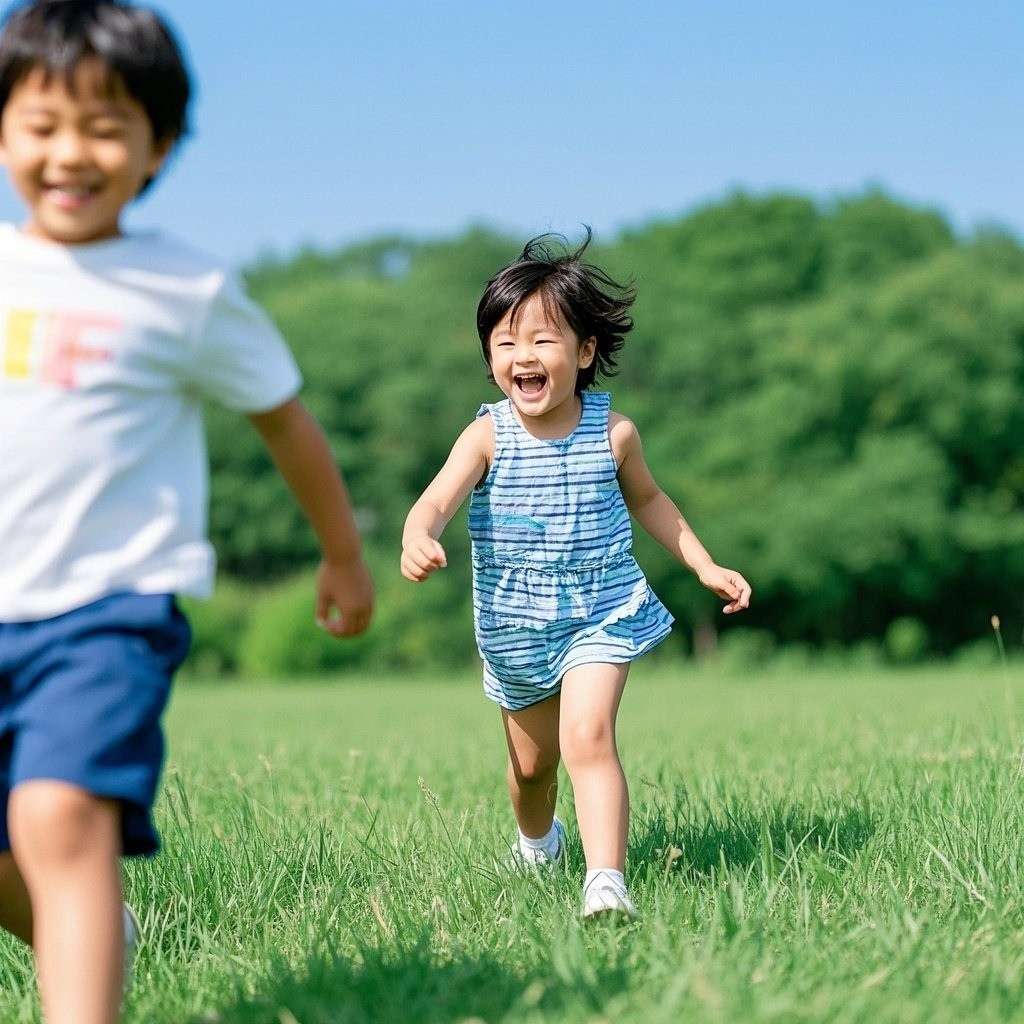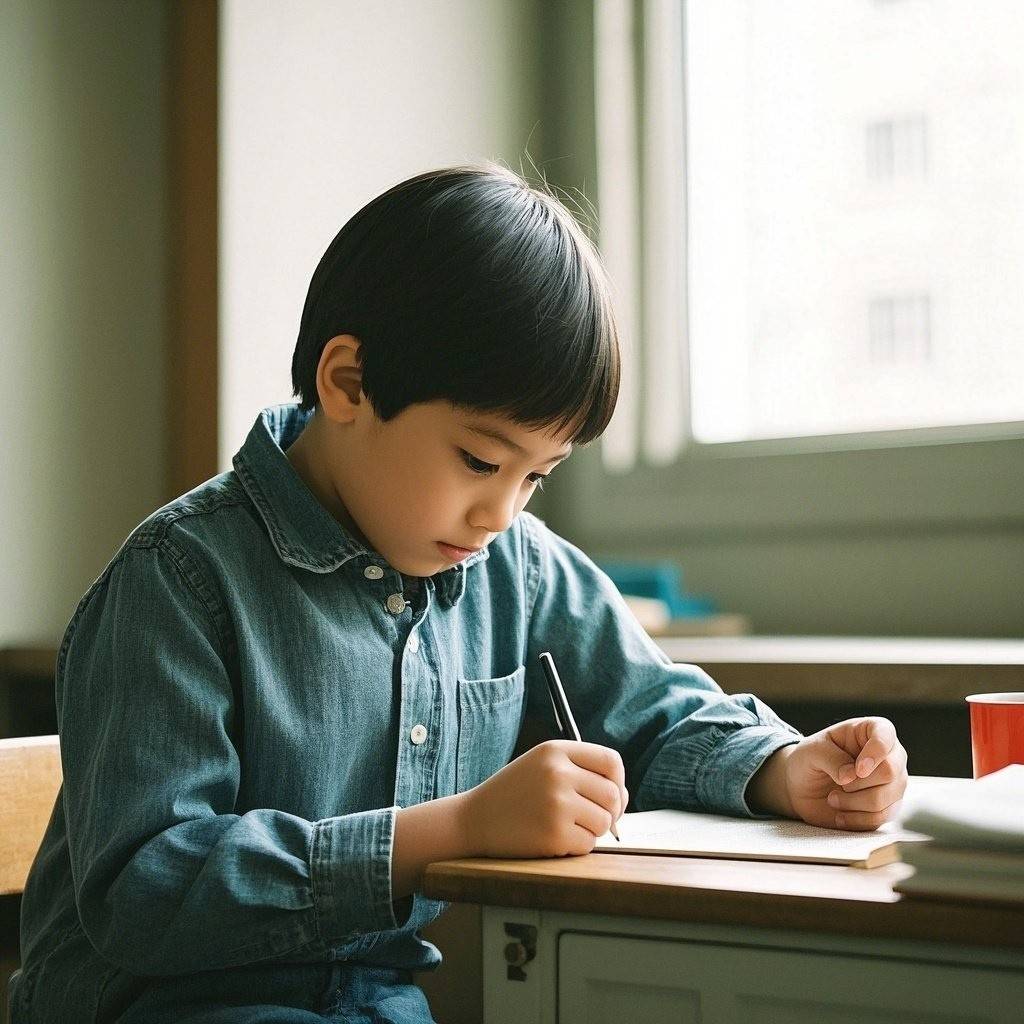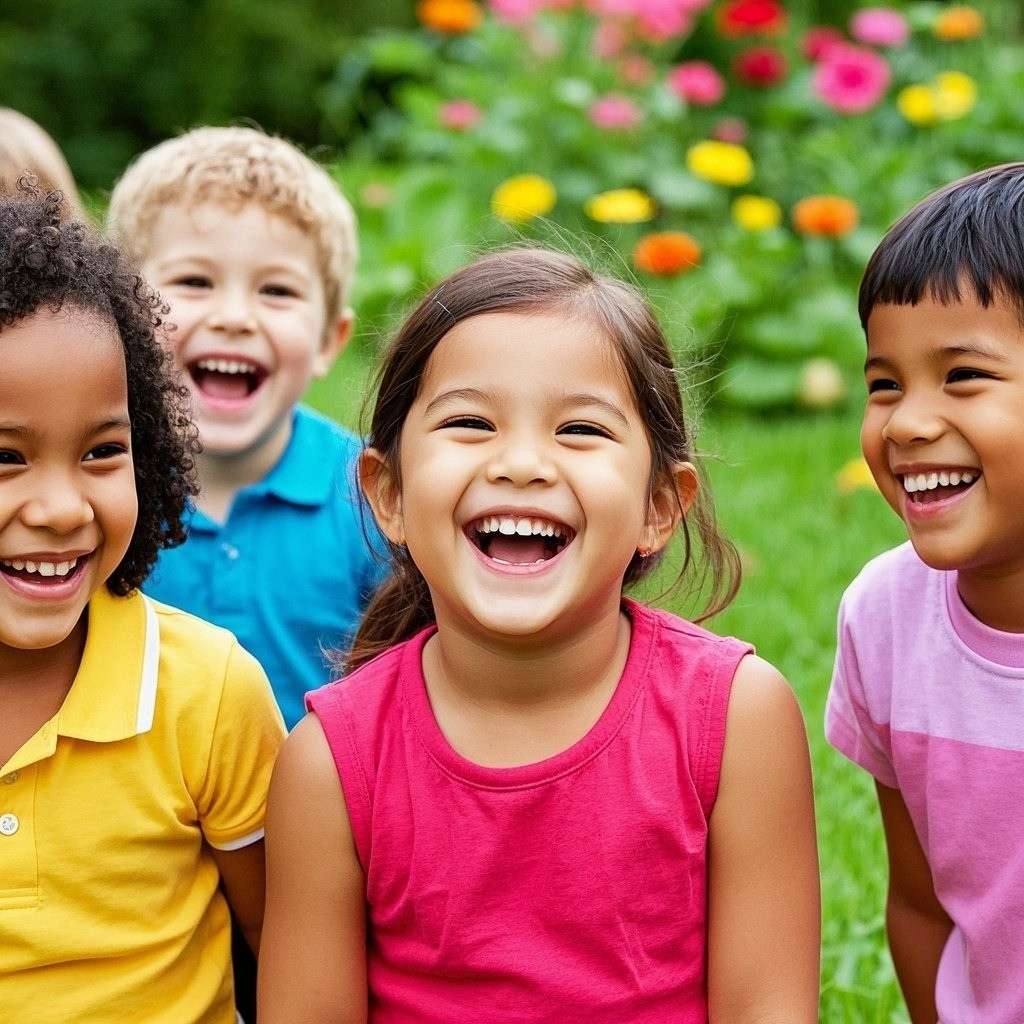Middle childhood, typically defined as the ages between 6 and 12, is a time of significant transformation in a child’s life. As children progress through this stage, they begin to form more complex social relationships, experience a wider range of emotions, and confront new fears and challenges. This phase marks a shift from early dependency on family to greater interaction with peers, and it plays a crucial role in shaping a child’s identity and emotional well-being. Understanding how friendships, fears, and feelings evolve during this period is essential for parents, caregivers, and educators seeking to support healthy social development in middle childhood.
What is Social Development in Middle Childhood?
Social development during middle childhood refers to the process by which children learn to interact with others, build relationships, and manage emotions in increasingly complex social environments. It includes the development of empathy, communication skills, cooperation, and the ability to understand different perspectives. During this stage, children begin to move beyond family-centered social interactions and place a greater emphasis on friendships and peer acceptance.
This period also marks the beginning of self-concept formation. Children start asking, “Who am I?” and “Where do I fit in?” As they navigate school settings, extracurricular activities, and social groups, their experiences with peers heavily influence their emerging identity.
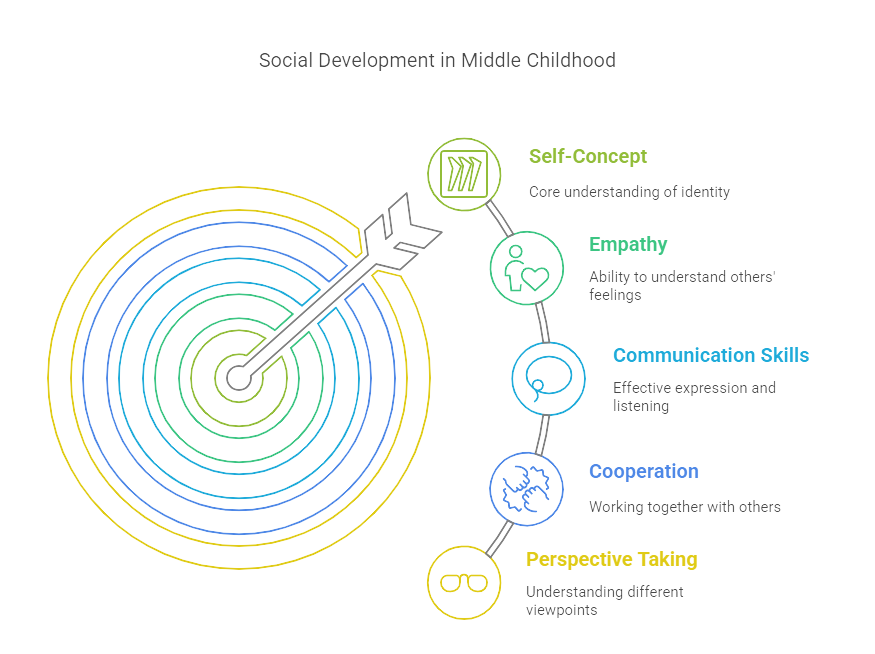
Friendships in Middle Childhood
Changing Nature of Friendships
In early childhood, friendships are often based on proximity and shared activities. However, as children grow, their friendships become more emotionally nuanced. Middle childhood friendships are marked by shared interests, loyalty, trust, and mutual understanding. Children begin to seek deeper emotional connections and value the quality of friendships over quantity.
At this stage, kids are more likely to talk about their feelings with friends and turn to peers for advice and support. These relationships serve as safe spaces for self-expression and emotional exploration.
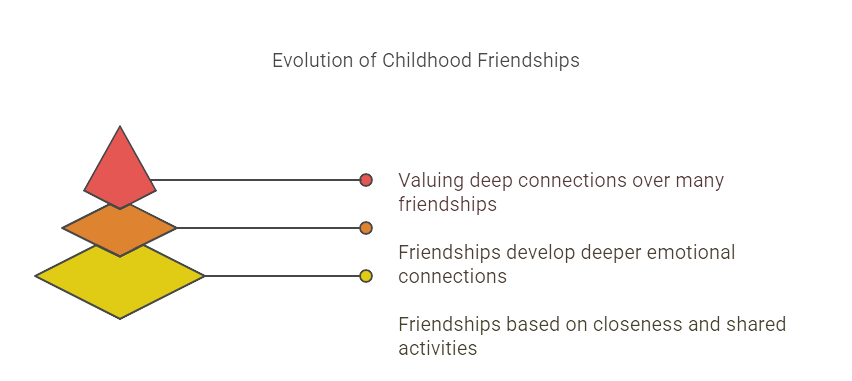
Why Friendships Matter
Friendships during middle childhood play a vital role in emotional and cognitive development. Positive peer relationships can improve a child’s self-esteem, academic performance, and social competence. Friendships also provide a context for learning essential skills such as conflict resolution, cooperation, and emotional regulation.
Moreover, having even one close friend can protect a child from feelings of isolation or anxiety. Children with strong peer bonds are better equipped to handle stress and adapt to change.
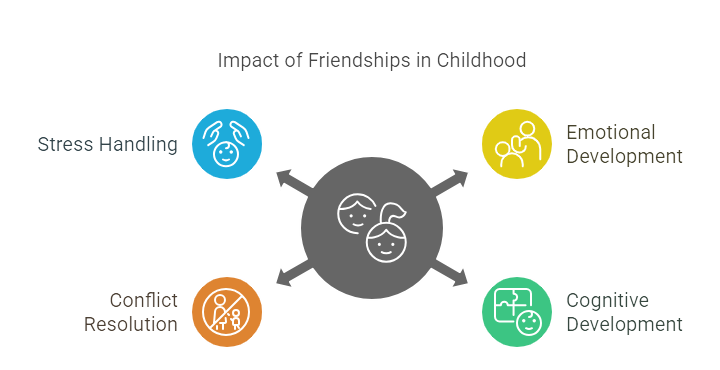
Challenges in Peer Relationships
Despite the many benefits of friendships, children may also encounter difficulties such as exclusion, bullying, and peer pressure. Navigating group dynamics and social hierarchies can be confusing and emotionally challenging. Some children struggle to find a sense of belonging or face the pressure to conform to group norms, which may conflict with their values or interests.
Parents can support their children by discussing these challenges openly, validating their feelings, and teaching them strategies to handle difficult social situations.

Fears and Emotional Development
Common Fears in Middle Childhood
As cognitive development advances, so too does a child’s awareness of the world, which can give rise to new fears. Common concerns include fear of rejection, failure, embarrassment, and social exclusion. Children also become more aware of real-life dangers such as natural disasters, illness, or accidents.
These fears are normal and often reflect a growing understanding of the complexities of life. However, if left unaddressed, they can interfere with daily functioning or lead to anxiety.
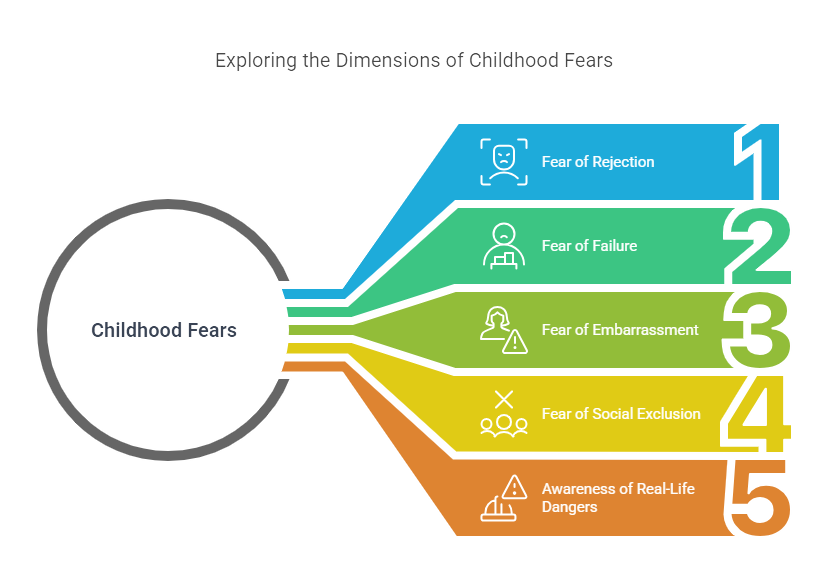
Emotional Regulation
A major milestone in middle childhood is the development of emotional regulation—the ability to manage and respond to emotional experiences in socially appropriate ways. Children begin to understand that feelings are temporary and that they can use strategies like deep breathing, talking to someone, or taking a break to calm down.
Parents play a key role in helping children label their emotions and explore appropriate ways to express them. Saying things like, “It’s okay to feel angry, but let’s talk about what happened,” teaches children that emotions are valid but must be handled constructively.
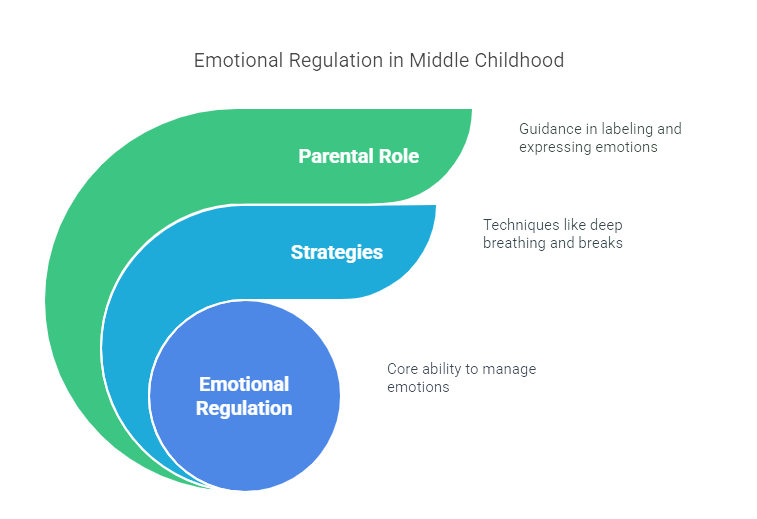
Building Resilience
Resilience is the ability to bounce back from adversity and adapt to challenges. Developing resilience in middle childhood lays the foundation for long-term mental and emotional well-being. Teaching children coping strategies such as problem-solving, positive self-talk, and seeking support helps them feel more confident when facing difficulties.
Parents and teachers can model resilience by demonstrating how to navigate stress, setbacks, and disappointment in healthy, adaptive ways.
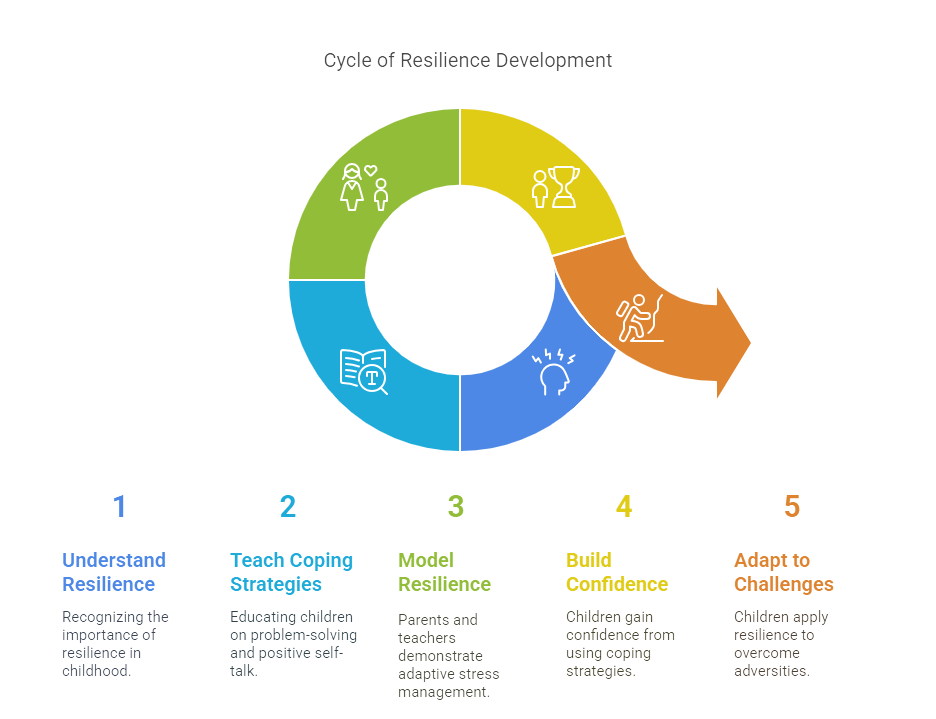
Navigating Feelings and Social Challenges
Recognizing and Validating Emotions
One of the most powerful things adults can do is validate a child’s emotions. Acknowledging that a child’s sadness, frustration, or fear is real helps them feel seen and understood. Avoid dismissing their concerns with phrases like “You’ll be fine” or “Don’t worry about it.” Instead, use empathetic language: “I can see that you’re really upset. Do you want to talk about what happened?”

Conflict Resolution Skills
Social conflicts are a natural part of middle childhood. Instead of solving problems for children, guide them through the process of conflict resolution. Encourage them to describe the problem, consider how the other person feels, and brainstorm solutions together. Teach them to be assertive—expressing their needs and feelings respectfully—without being aggressive or passive.
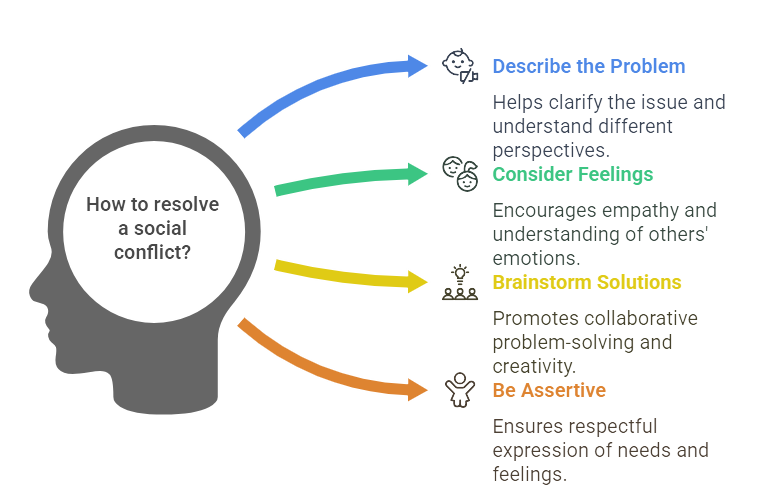
Dealing with Social Setbacks
Not every friendship will last, and not every social situation will go smoothly. Helping children cope with social setbacks, such as not being invited to a party or losing a friend, is critical. Normalize these experiences and encourage them to reflect on what they learned. Reassure them that it’s okay to feel sad and that new opportunities for friendship will come.
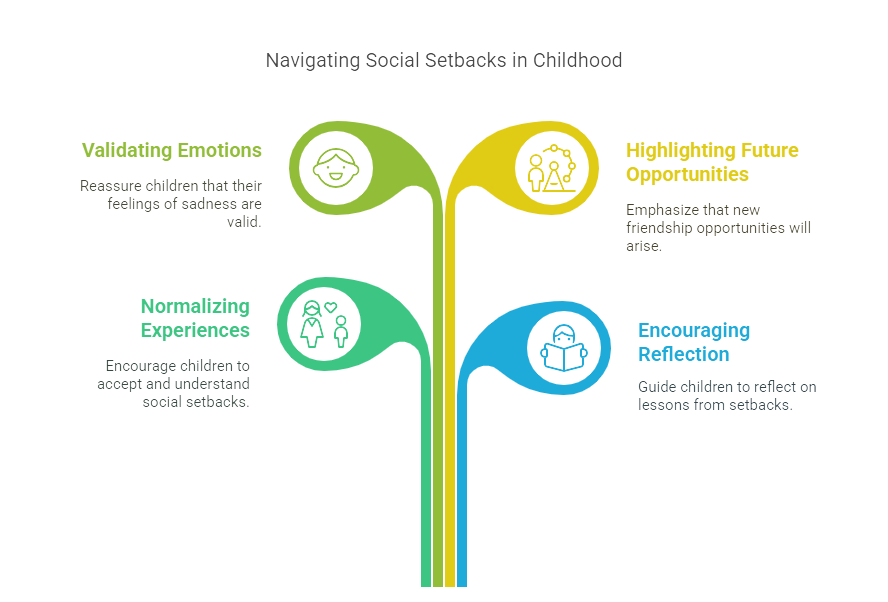
Supporting Healthy Social Development
Parental Involvement and Modeling
Children learn by watching the adults around them. Model healthy social interactions by demonstrating kindness, empathy, and respectful communication. Be mindful of how you handle conflict and express emotions. Also, create an open line of communication so your child feels comfortable discussing their social experiences.
Set clear and consistent boundaries for behavior, while also providing warmth and emotional support. This balance fosters a secure environment where children can grow emotionally and socially.
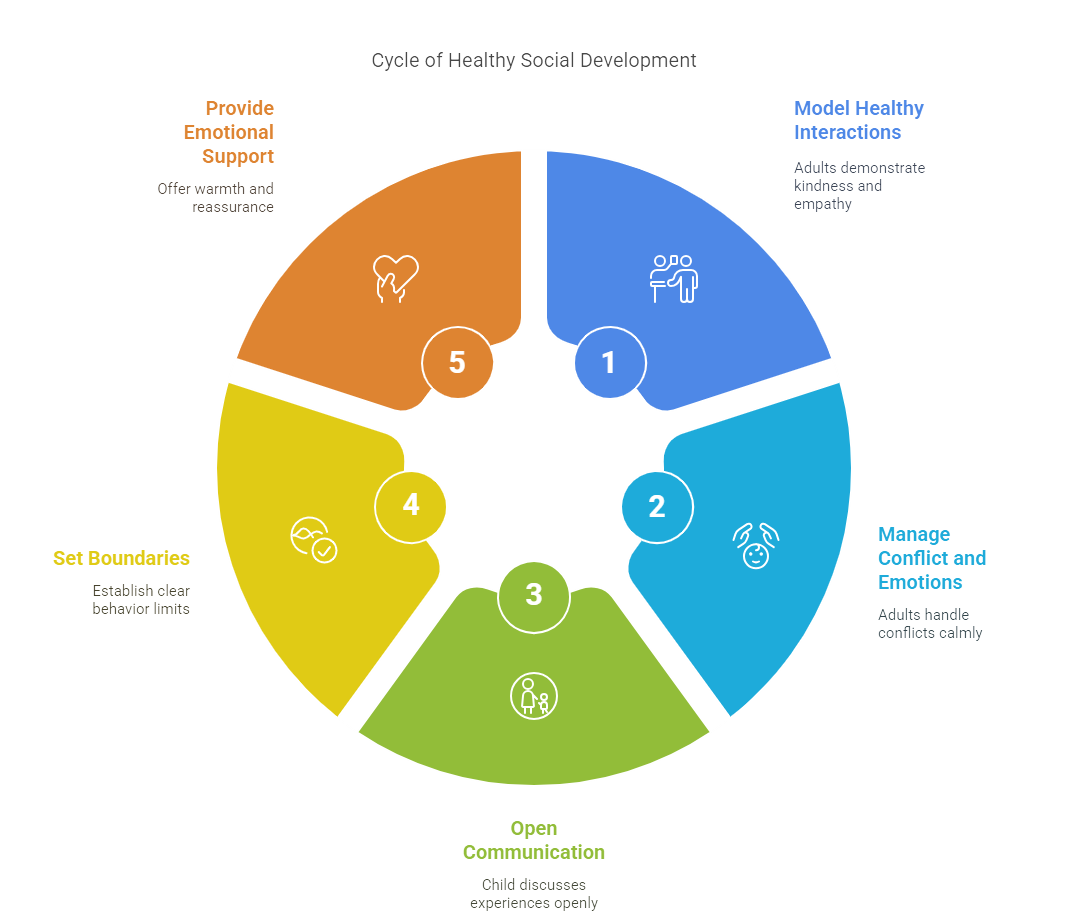
Encouraging Extracurricular and Group Activities
Participation in group activities like sports, clubs, or creative arts allows children to practice social skills in different settings. These activities help build confidence, foster teamwork, and provide new avenues for forming friendships. Choose environments that align with your child’s interests and comfort level to encourage meaningful engagement.
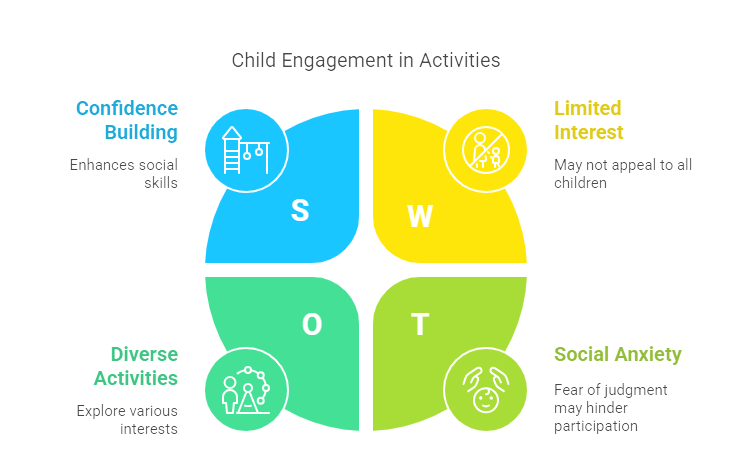
When to Seek Help
Sometimes, social or emotional challenges go beyond what can be managed at home. If your child shows signs of social withdrawal, persistent sadness, anxiety, or ongoing difficulty with peers, it may be time to seek support from a school counselor, child psychologist, or pediatrician. Early intervention can make a significant difference in helping a child get back on track socially and emotionally.
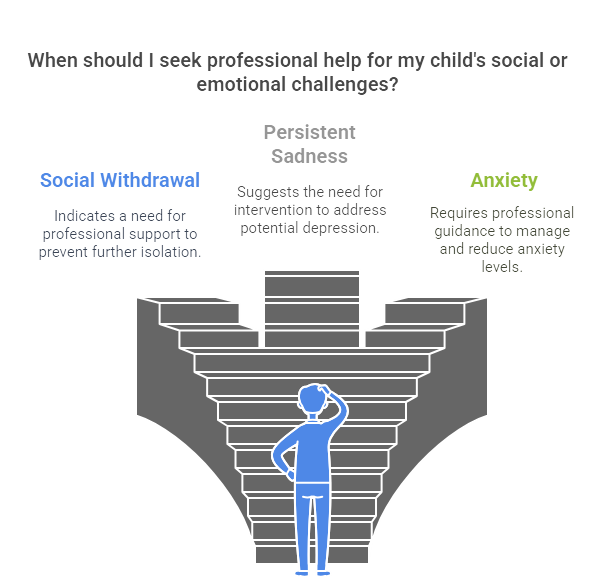
Conclusion
Middle childhood is a critical time for building the social and emotional foundations that will support children through adolescence and beyond. As children navigate the complexities of friendships, experience new fears, and explore their feelings, they need the guidance, empathy, and support of the adults in their lives.
By understanding the challenges and opportunities of this stage, parents and caregivers can help children build resilience, develop strong peer relationships, and grow into emotionally intelligent individuals. Social development is not a linear journey—but with encouragement and intentional support, every child can thrive during this transformative time.


